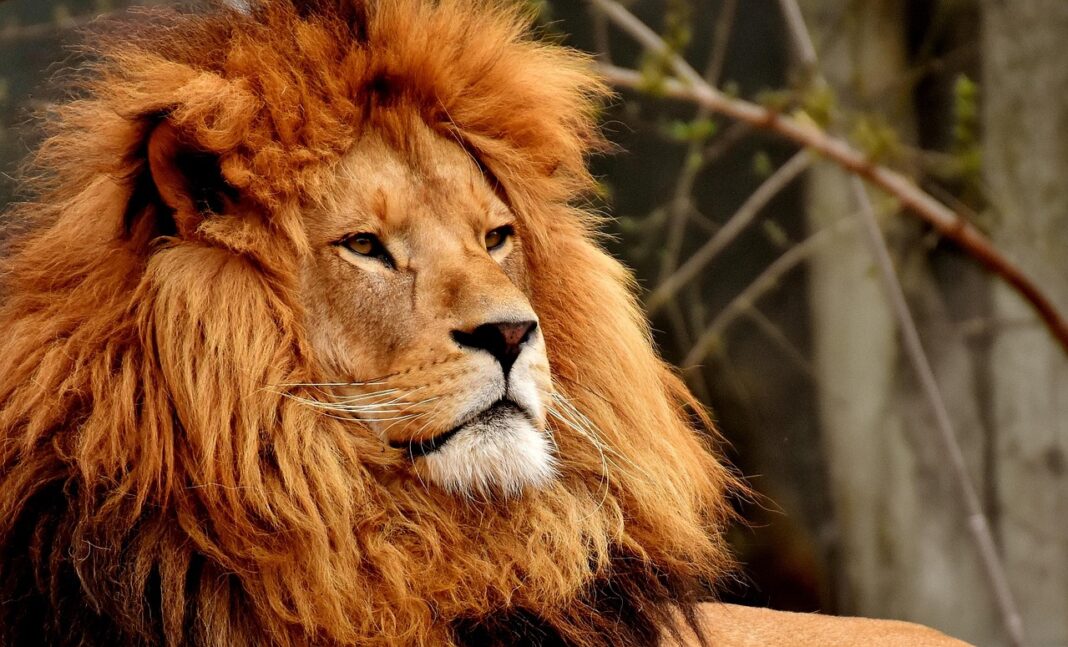Friendship isn’t limited to humans; the animal kingdom is full of surprising and heartwarming bonds that defy species boundaries. These unlikely pairings teach us valuable lessons about acceptance, compassion, and the universal language of connection. Whether it’s a dog and a duck, a cat and a bird, or a lion and a rescued antelope, animal friendships prove that love and companionship can blossom in the most unexpected places. Let’s explore the fascinating world of animal friendships and uncover the secrets behind these remarkable relationships.
Why Do Animals Form Friendships?
Survival and Cooperation
Animal friendships aren’t always about warm fuzzies; sometimes, they’re about survival. In the wild, cooperative relationships can provide significant advantages:
- Enhanced protection: Working together can deter predators and offer early warning signs of danger.
- Improved hunting success: Some species hunt more effectively in groups, sharing the spoils of their labor.
- Resource sharing: Friends might share access to food sources or shelter, especially during lean times.
Take the example of African wild dogs. They live and hunt in packs with close social bonds. These bonds aren’t just familial; they are based on mutual trust and cooperation, improving their hunting success and overall survival rate.
Social Needs and Companionship
Beyond survival, animals, like humans, have social needs. Companionship can alleviate stress, combat loneliness, and provide emotional support.
- Reduced stress: Social interaction releases endorphins, promoting relaxation and well-being.
- Mental stimulation: Play and interaction keep animals mentally engaged and prevent boredom.
- Emotional support: Friends can provide comfort during times of distress or anxiety.
Even animals considered solitary can form strong bonds. Stories abound of foxes befriending domestic dogs, finding comfort and companionship in their canine counterparts.
Unlikely Animal Friendships: Examples That Inspire
Cross-Species Bonds in Domestic Settings
Domestic environments often create opportunities for animals of different species to interact and form friendships.
- Dogs and Cats: Despite the stereotype, many dogs and cats become the best of friends, sharing toys, grooming each other, and cuddling up for naps.
- Cats and Birds: Though seemingly predator and prey, some cats form surprisingly gentle bonds with birds, coexisting peacefully and even displaying affection.
- Dogs and Farm Animals: Dogs can form strong protective relationships with farm animals like ducks, goats, and chickens, acting as guardians and companions.
A classic example is that of a golden retriever and a kitten that were raised together. The retriever often allows the kitten to sleep on its back, grooming the kitten just like it would its own puppies.
Wild Animal Friendships: Surprising Partnerships
Even in the wild, where survival is paramount, animals sometimes form unexpected friendships.
- Zebra and Ostrich: In the African savanna, zebras and ostriches often travel together. The ostrich’s height and keen eyesight provide early warning of predators, while the zebra’s strong sense of smell can detect approaching danger.
- Badger and Coyote: Although both are skilled hunters, badgers and coyotes have been observed hunting together. The badger digs into burrows, flushing out prey for the coyote to catch.
- Elephants and Dogs: There are several well-documented instances of elephants forming strong bonds with dogs in sanctuaries. The dogs provide companionship, and the elephants offer protection.
A story from the San Diego Zoo showcases a rhino and a group of tortoises. The rhino clearly enjoys the company of the tortoises, often spending time near them and even nuzzling them gently.
The Benefits of Animal Friendships for Humans
Emotional Well-being
Witnessing animal friendships can have a profound impact on our own emotional well-being.
- Increased empathy: Observing animals’ capacity for love and friendship can increase our empathy for all living beings.
- Reduced stress: Seeing animals interact positively can be calming and uplifting, reducing stress and anxiety.
- Hope and inspiration: Animal friendships remind us that connection and love are possible even in the most unlikely circumstances.
Many people find solace in watching videos of animal friendships online, using these heartwarming moments to escape the stresses of daily life.
Lessons in Acceptance and Tolerance
Animal friendships transcend species boundaries and teach valuable lessons about acceptance and tolerance.
- Overcoming differences: These friendships demonstrate that differences don’t have to be barriers to connection.
- Unconditional love: Animals accept each other for who they are, regardless of their species or background.
- Harmony and coexistence: Animal friendships offer a vision of a world where different creatures can live together in peace and harmony.
By observing and learning from these relationships, we can challenge our own prejudices and biases and strive to create a more inclusive and compassionate world.
Fostering Positive Interactions Between Animals
Supervise Initial Interactions
When introducing animals, especially of different species, close supervision is crucial.
- Controlled environment: Start in a neutral, controlled environment to minimize stress and territorial behavior.
- Short, positive interactions: Keep initial interactions short and positive, gradually increasing the duration as the animals become more comfortable.
- Separate resources: Provide separate food, water, and resting areas to prevent competition and conflict.
Positive Reinforcement
Reward positive interactions with treats, praise, or toys.
- Encourage friendly behavior: Reinforce gentle interactions and discourage aggressive behavior.
- Create positive associations: Associate each animal with positive experiences when they are together.
- Patience and consistency: Building positive relationships takes time and patience. Be consistent in your efforts and avoid forcing interactions.
Conclusion
Animal friendships are a testament to the power of connection, demonstrating that love and companionship can blossom in the most unexpected places. These remarkable relationships offer valuable lessons in acceptance, tolerance, and the universal language of kindness. By observing and learning from these animal friendships, we can cultivate greater empathy, reduce stress, and foster a more compassionate world for all living beings. The world of animal friendships inspires us to embrace diversity, celebrate connection, and recognize the inherent value of every creature on Earth.



